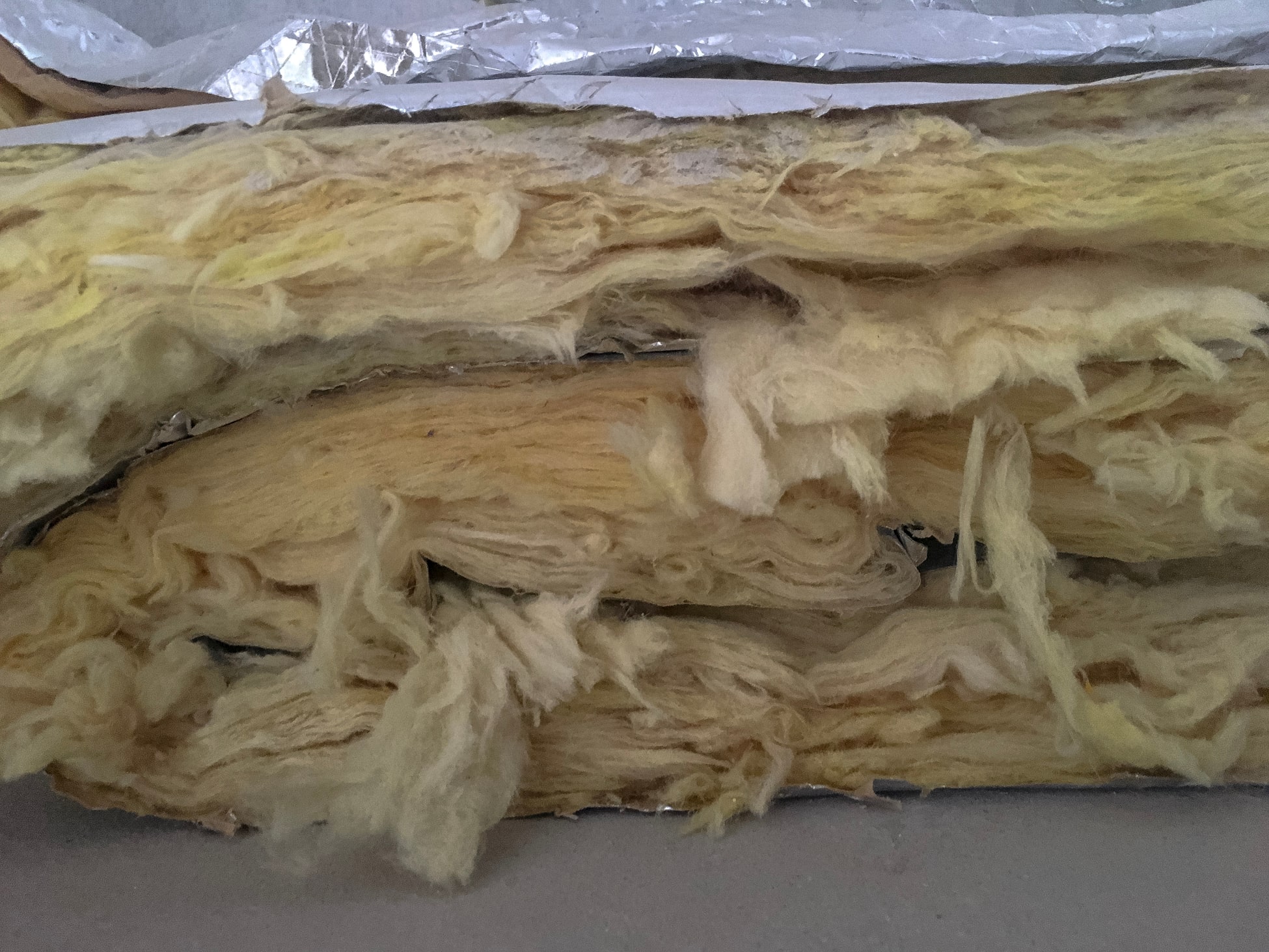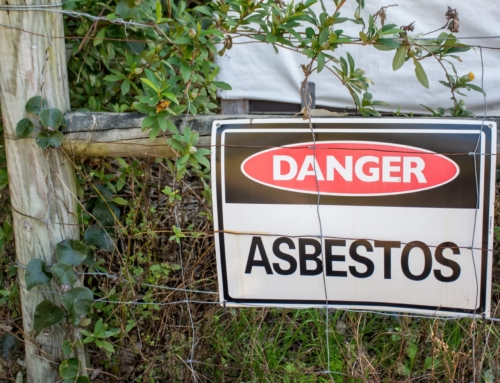Property insulation is an important aspect of any household, ensuring heating and cooling systems aren’t overworked, reducing energy bills. However, many changes have come into the law in the last 30 years, including a full ban on asbestos use in the UK in 1999. This means properties built before this time may still have asbestos-containing materials (ACMs) present, such as insulation in areas like attics, around pipes and boilers.
Understanding the type of insulation in your home is essential. Cellulose insulation and asbestos insulation have vastly different properties and implications for health, so it’s important to distinguish between them.
Whether you’re renovating a 60s or 70s house with asbestos, or planning a loft conversion in an old attic, here are some key things to know about cellulose vs asbestos insulation.
What is cellulose insulation?
Cellulose insulation is considered one of the most eco-friendly and effective insulation materials used in all types of properties. It’s made from recycled paper products, like newspaper and cardboard, and it’s treated with fire retardants to lower its safety risks. Cellulose is known for having great soundproofing benefits and thermal performance.
Is cellulose insulation safe?
Cellulose insulation is considered safe for use in properties like residential dwellings and commercial properties, having been used in the UK since the 70s. It’s a loose-fill insulation material treated with non-toxic fire retardants, reducing how quickly flames can spread while resisting mould and pests. It’s also free from harmful chemicals (such as formaldehyde). Unlike asbestos, cellulose insulation doesn’t have health risks related to airborne fibres. However, proper installation is vital for effective and safe performance.
What is asbestos insulation?
Asbestos insulation was popularly used in building construction from the 1930s, due to its fire-resistant and long-lasting benefits. However, the dangers of its microscopic fibres became known as time went on. If these become airborne, it can cause significant respiratory health issues like lung cancer, asbestosis and mesothelioma. Due to these hazards, asbestos insulation and other ACMs have been banned.

How can you tell if your insulation contains asbestos?
Identifying asbestos insulation is challenging without professional testing. Asbestos insulation was commonly used in older buildings, particularly those constructed pre-1980s.
Asbestos-containing insulation may appear like a loose and fluffy material, often greyish brown in colour. However, it can look very similar to cellulose insulation, so getting professional testing is required to establish whether asbestos is present or not. This involves a trained professional taking samples to be safely lab-tested.
Does asbestos insulation need to be removed?
If asbestos insulation is discovered in your property, deciding whether it needs to be removed will depend on where it’s located and its current condition. Intact and undisturbed ACMs may not have an immediate risk, so you could consider long-term monitoring with regular surveys or even encapsulation treatments to seal the fibres better. However, if you’re planning a renovation or the insulation is damaged, removal is often recommended. Removing asbestos yourself is a big no-no for safety reasons, so always hire a professional asbestos contractor.
Need asbestos removal services? Contact us
Goodbye Asbestos works across London, Surrey and the Home Counties, including asbestos removal in Horsham and Hounslow. For more information, contact us.




